
I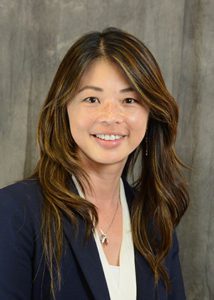 n this latest installment of The Throughline, Max Silverman speaks with Gia Truong about ensuring that all students, regardless of background, experience a rigorous education, free from bias.
n this latest installment of The Throughline, Max Silverman speaks with Gia Truong about ensuring that all students, regardless of background, experience a rigorous education, free from bias.
Gia Truong is the chief executive officer at Envision Education, a mission-driven organization based in Oakland, Calif., that is transforming the lives of low-income, first-generation, college-bound students. Envision operates charter schools in the Bay Area and provides training and consulting services to schools and districts all over the country. Truong leads Envision with a strong commitment to educational equity and a focus on providing enhanced rigor and deeper learning opportunities for students. She is a Leading for Equity Fellow with the National Equity Project, is a member of Education Leaders of Color, and is the former executive officer of California’s Oakland Unified Schools’ Department of Curriculum and Instruction.
Max Silverman: Gia, we both have the honor of leading organizations with deep equity agendas. In your day-to-day work, how do you define equity?
“I want our graduates to have the academic skills they need to be successful, as well as a strong sense of self — they know who they are, how they’re connected to the world around them, and they’re getting the skills they need to do better in this world.”
Gia Truong: Ensuring that all students, especially the ones that are furthest from opportunity, get what they need to thrive is part of that definition. In my context, in school, I want them to be successful with life after school. I think about the individual student we’re trying to support. I want our graduates to have the academic skills they need to be successful, as well as a strong sense of self — they know who they are, how they’re connected to the world around them, and they’re getting the skills they need to do better in this world.
Max Silverman: Based on that definition what makes your heart sing when you walk into a classroom or learning environment?
Gia Truong: We talk a lot about the achievement gap, but there’s also an opportunity gap. Low-income kids of color often don’t get the rigorous learning environments or experiences that affluent families and children get. I love to see students being challenged with deep intellectual work, with rigorous texts and tasks, and with 21st century skills. I want to see them collaborating, and producing work that shows they’ve thought deeply about a particular topic or problem or dilemma.
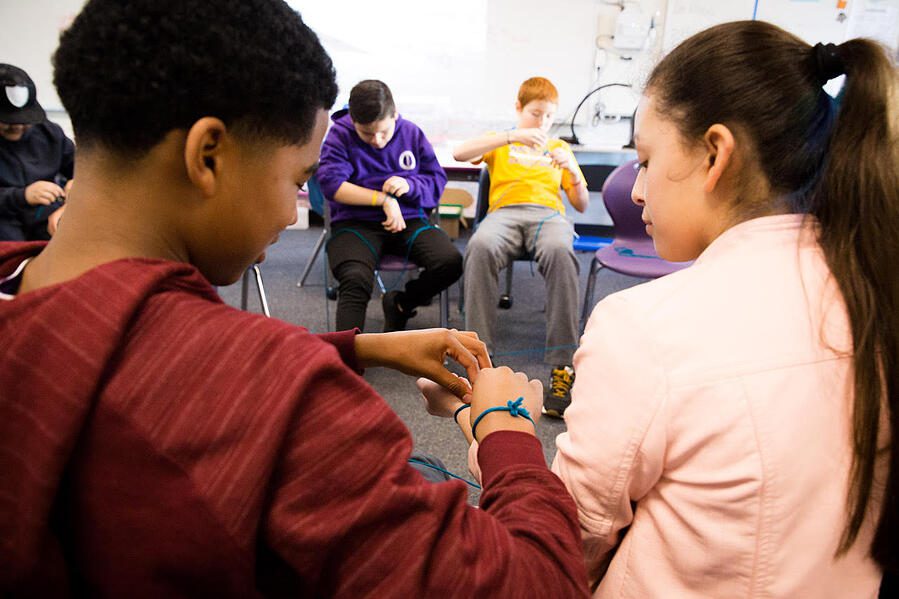
Max Silverman: I really appreciate your thoughts on this. What does this really look like in your classrooms on a daily basis?
Gia Truong: We’ve been focusing on math tasks that are conceptually challenging to boost the rigor. We’re having students discuss multiple solutions to an answer and then justify which solutions are better. For example, in an algebra class, students were comparing cable plans, arguing for the one they would buy and why. That’s really relevant to what they would do as adults — thinking about not just the immediate costs, but the long-term costs as well as the up-front initiation costs. It was a conversation we would want adults to have with each other based on data, using mathematical concepts.
Math is often just so abstract for kids. They memorize logarithms and formulas and don’t know how to apply them. They think, ‘Why am I wasting my time?’ The conceptual and application piece is so important.
Max Silverman: What do you think needs to change in teaching broadly so that we can see more classrooms like the one you just described at Envision?
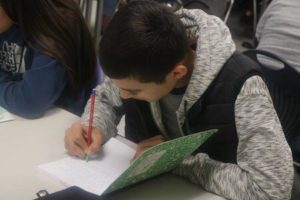 Gia Truong: There are things we do at Envision that could be done in any school. We’re applying an anti-racist lens to instruction, recognizing that the system is set up to the advantage of some groups and the disadvantage of others. We’re more conscious about our expectations of students, which translates into what we put in front of them in terms of rigor and our assumptions about their competence or abilities. We’re being really conscious of the fact that we’re part of a larger system that perpetuates inequity. I think that teaching, broadly speaking, needs to be about engaging young people’s hearts and minds, which to me translates into creating learning environments where young people know who they are and can think critically about the world around them.
Gia Truong: There are things we do at Envision that could be done in any school. We’re applying an anti-racist lens to instruction, recognizing that the system is set up to the advantage of some groups and the disadvantage of others. We’re more conscious about our expectations of students, which translates into what we put in front of them in terms of rigor and our assumptions about their competence or abilities. We’re being really conscious of the fact that we’re part of a larger system that perpetuates inequity. I think that teaching, broadly speaking, needs to be about engaging young people’s hearts and minds, which to me translates into creating learning environments where young people know who they are and can think critically about the world around them.
Max Silverman: If we develop cadres of teachers who can take more of an anti-racist lens and understand their own implicit biases, what other skills do they need to meet the needs of the students in front of them?
Gia Truong: We think of it as leading for equity from the inside out — understanding your own journey in the skin that you’re in and the identity that you hold, and really understanding some of your beliefs, thoughts and behaviors. Also understanding others and then seeing the larger system, and really focusing on your students in front of you as well as the larger structural racism that exists in our society. It’s work that takes a lifetime and never ends.
When you’re unpacking systemic bias or internalized bias, part of the work is talking about it. That work also involves creating systems that are more equitable and interrupting systems that are not. Tracking is one example of something that has plagued us.
Skills such as self-reflection, collaboration with others on equity work, supporting productive struggle, openness to challenging existing assumptions, and willingness to rethink teaching practices are essential to this work.
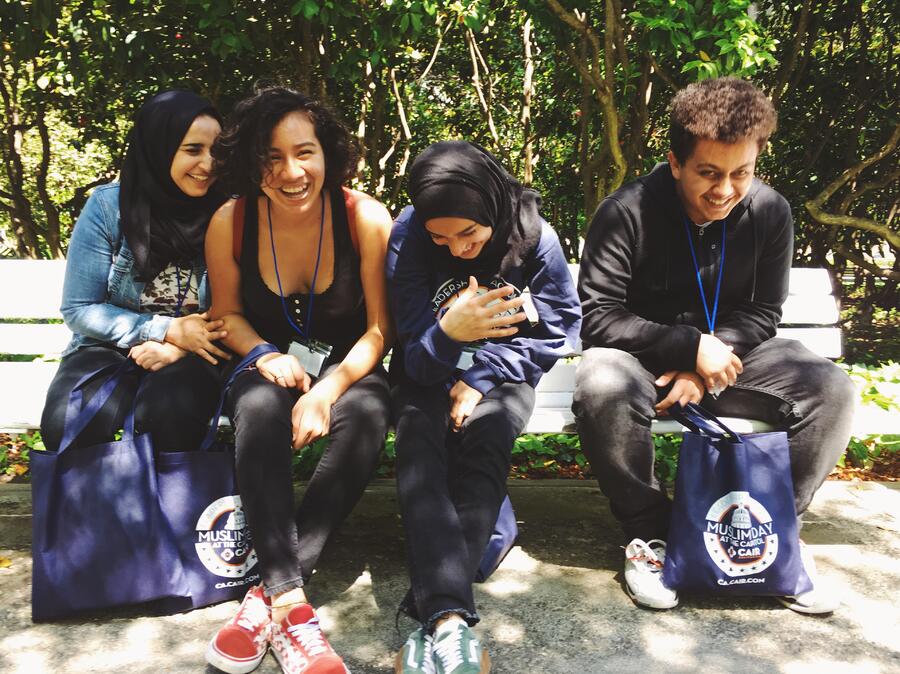
Max Silverman: In this context, what does the pedagogy look like to support students in that rigorous work? What about a situation, for example, in which an 8th grade teacher has a student on a 4th grade reading level, but the teacher is thinking about the role of society and culture in that situation.
Gia Truong: If the teacher recognizes that the student has the ability to engage in rigorous, grade-level work, the pedagogy has to be conditioned for the students to do the rigorous thinking, so the teacher isn’t doing it for them — setting up structures that lead toward that rigorous thinking. If it’s problem-solving, making sure the task involves multiple opportunities for students to think by themselves, think with a peer, discuss, come up with multiple solutions, and alternative perspectives. And then make a conclusion based on evidence.
“It’s hard to see a kid struggle, we want to help them and relieve them from that struggle. We have to sit in the discomfort of students’ struggles and set the conditions for productive struggle, rather than high-anxiety struggle.”
The piece around letting students really do the thinking is such an anti-racist stance, especially working with kids of color. If we do the thinking for them, it’s like we don’t think that they can do it. And in some ways, we have low expectations, right? That’s really hard, because as educators, we want to help.
It’s hard to see a kid struggle, we want to help them and relieve them from that struggle. We have to sit in the discomfort of students’ struggles and set the conditions for productive struggle, rather than high-anxiety struggle. It’s a hard thing to do.
Max Silverman: What you’re presenting is a pretty ambitious agenda for teachers, but it’s one that is needed. So what does it look like when a school leader is supporting this sort of learning and the growth of teachers to work in the ways that you’re talking about?
Gia Truong: My thinking has really evolved about what it means to be an instructional leader or a principal supporting teachers. In the past, it was organized around providing professional development and coaching. Those things are still relevant, but teachers also need to experience what they want kids to experience, and a lot of teachers haven’t experienced that kind of deeper learning in their own education. With our teachers at Envision, we try to do yearly slices where they get to experience a project, and really unpack the deeper learning skills we’re trying to incorporate. What are the cognitive or content standards that we’re trying to incorporate, so that they can see the vision of it and experience it as students themselves? The instructional leader’s job is to make sure that that commitment is enduring, because it’s so easy to try something, it fails, and then go back to your default and your comfort zone. We need to make sure that teachers get the coaching they need, the professional learning communities with their peers, to really help each other and normalize the struggle of doing something potentially different with their students.
Max Silverman: You’re painting a really vivid picture of what student learning can look like, the teaching that gets us there, and the leadership that supports the teachers. So now what is the role of the school system, or central office, in supporting student learning, classroom teaching and school leadership?
“The instability of the teaching force means that if we don’t design systems that keep things consistent, aligned and coherent, we’re leaving it up to chance if a student’s going to get a good teacher in the classroom or a prepared teacher. And when we leave it up to chance, it’s like perpetuating systemic oppression.”
Gia Truong: As the principal, I really believe in autonomy and allowing teachers to take risks to really excel. But the instability of the teaching force means that if we don’t design systems that keep things consistent, aligned and coherent, we’re leaving it up to chance if a student’s going to get a good teacher in the classroom or a prepared teacher. And when we leave it up to chance, it’s like perpetuating systemic oppression.
So the central office must focus on important things that provide equity and consistent rigorous learning for students. At Envision we’re trying to figure out if that’s an aligned common curriculum across our schools, or about assessments everybody takes, and also making sure professional development, coaching and assessments are all aligned.
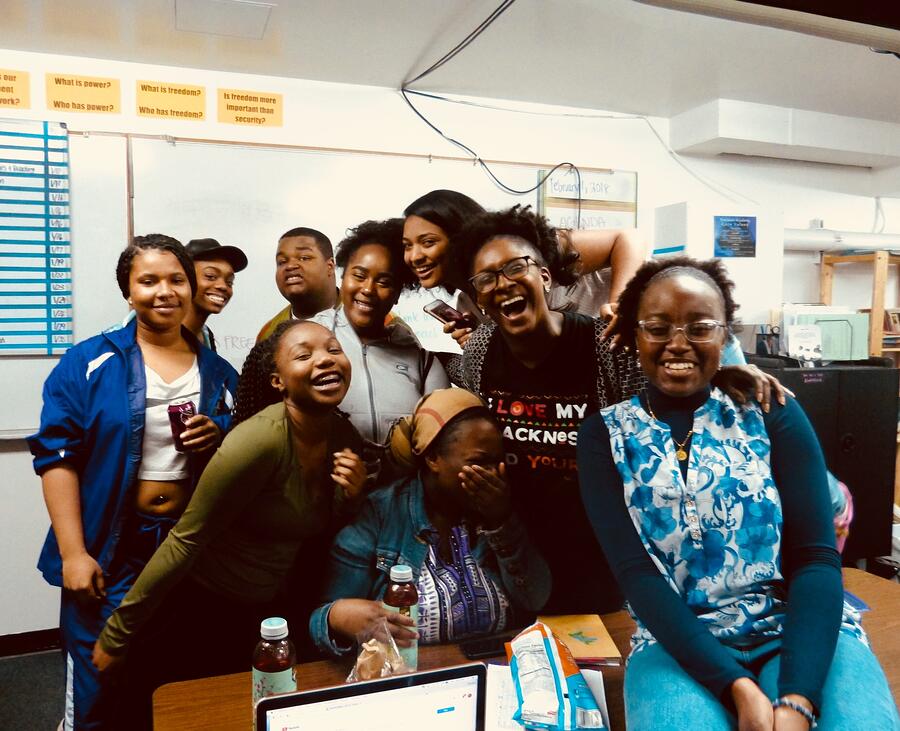
Max Silverman: Do you have a metaphor for how you think the central and home offices should work with schools?
Gia Truong: In your previous interview with Ellen Dorr, she describes it as a trellis that provides enough organization and stability and also keeps things moving along. I am not sure I have the perfect metaphor, but I do know that we need to support students and also give them space to be metacognitive so that they’re really stepping out and reflecting and thinking. I think a lot of times the teachers do it for the students. When we think about how to improve our teaching and learning in the classroom, we need to determine how to engage students in a real partnership.
Max Silverman: It’s been such a pleasure to hear your thinking, Gia.
Gia Truong: Thank you so much for the opportunity.
Photos used with permission from Envision Education. All rights reserved.

